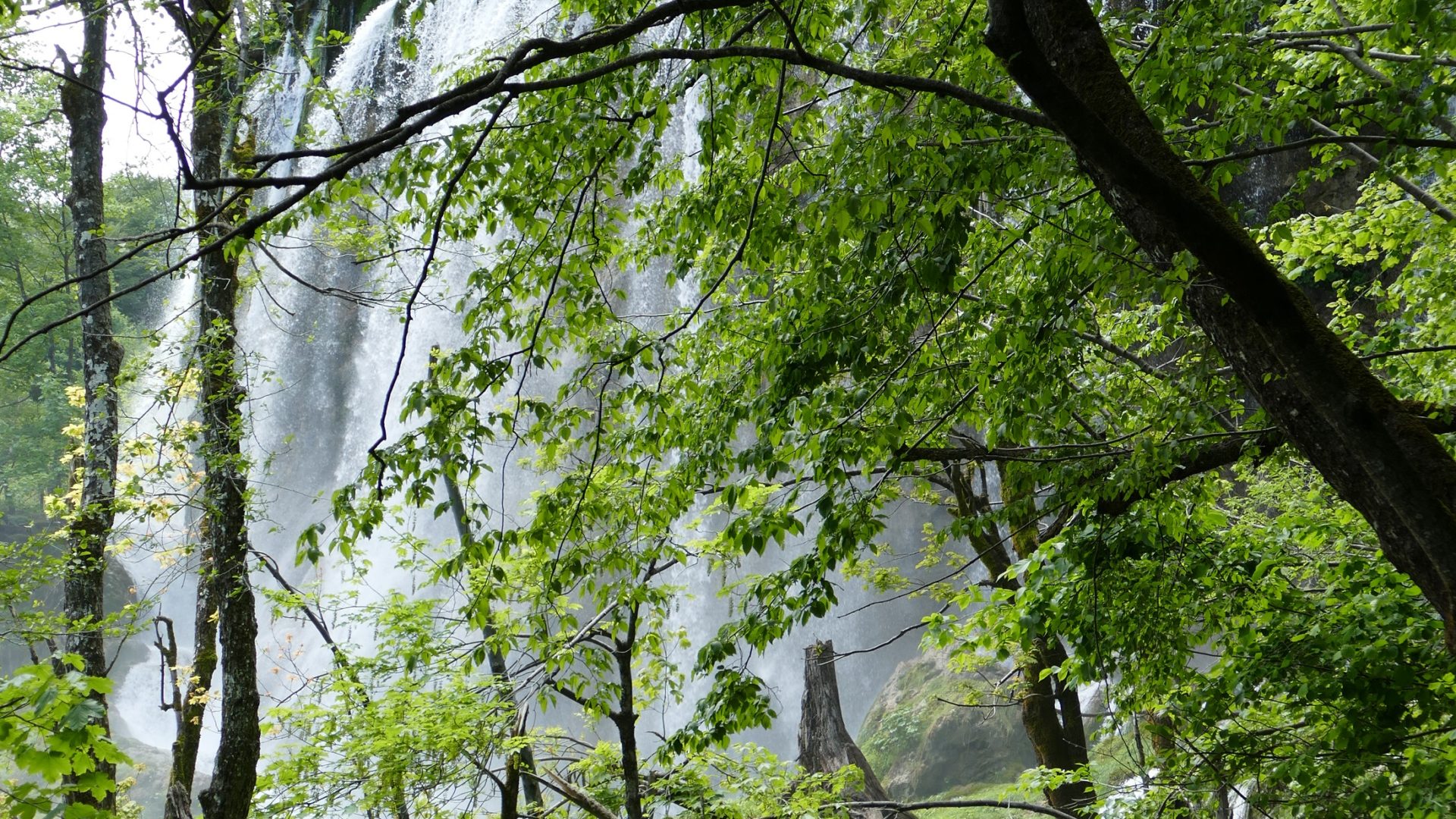As some of you are no doubt aware from my social media posts, I went to Croatia earlier this year. I say that because I had more comments than almost anything else I had put on Instagram in recent months. All the comments from people said the same things – ‘I had no idea that the national parks there were so beautiful!’ There were some who said things like ‘Another cocktail?!’, but we will gloss over those.
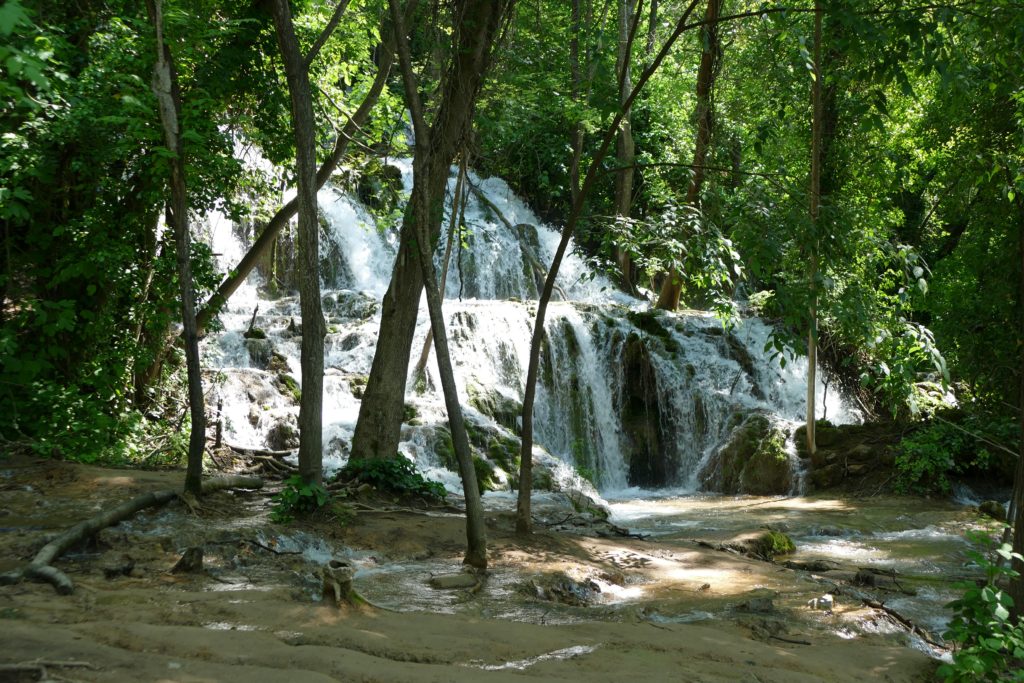
Water – and waterfalls abound in Croatia’s Plitvice and Krka National Parks. The Tufa geology allows for some spectacular formations.
The national parks in question were the Krka National Park and the Plitvice Lakes National Park. Of the two, the Krka is the smaller and more recent, but also much more accessible from the coast, which is the where main concentration of tourists travel from.
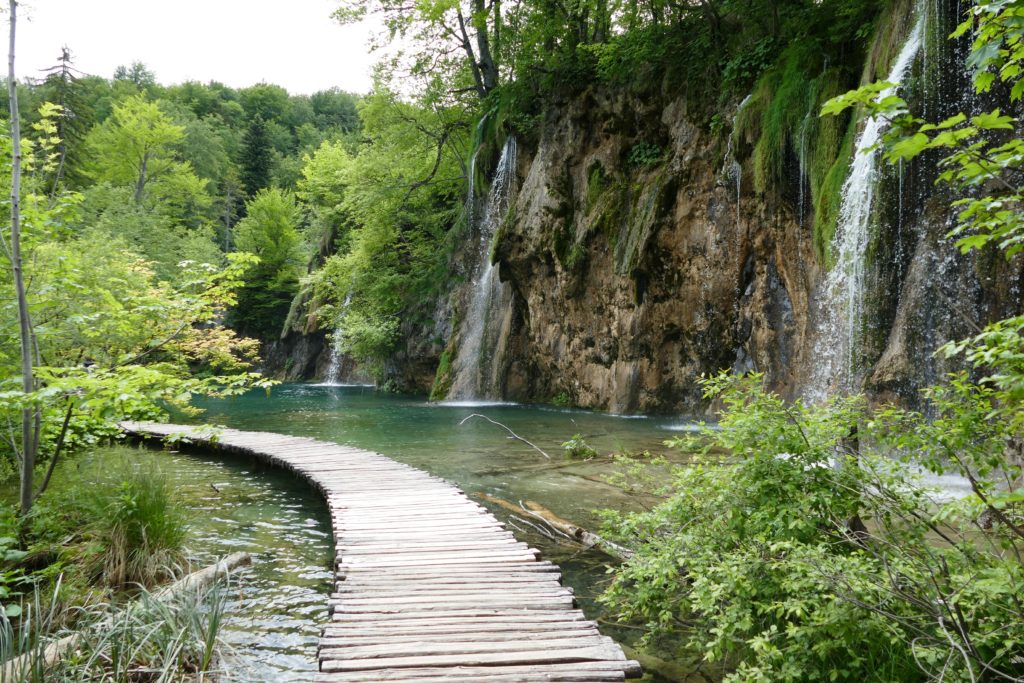
Examples of some of the combinations of landscape forms that make up the parks’ scenery.
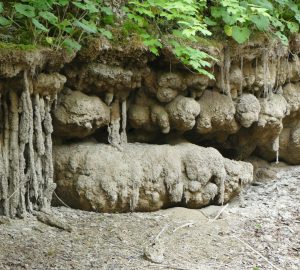
Typical tufa formations brought about by accretions of calcareous deposits from the water. This picture is of a naturally abandoned river course.
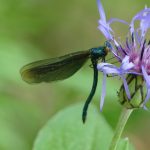
There are huge number of insects in the parks, both predators like these but also many pollinators.
Both represent very good examples of typical Karst topography and Calc-sinter formations. These are relatively rare in river formations but similar features in lakes exist elsewhere in the world. This sort of topography is both breath-taking to see and rich in biodiversity. Eight hundred and sixty species and subspecies of plants have been identified within the territory of the Krka National Park. The Plitvice Park alone has 55 species of orchid.
Because of this, visitors are a problem. Over one million people visit Plitvice every year, which is incredible given that most of it is either water or inaccessible rock cliffs and slopes. For this reason, if you are intending to visit, I would stick to early in the season or leave it until autumn. If you must go in the summer – get there early!
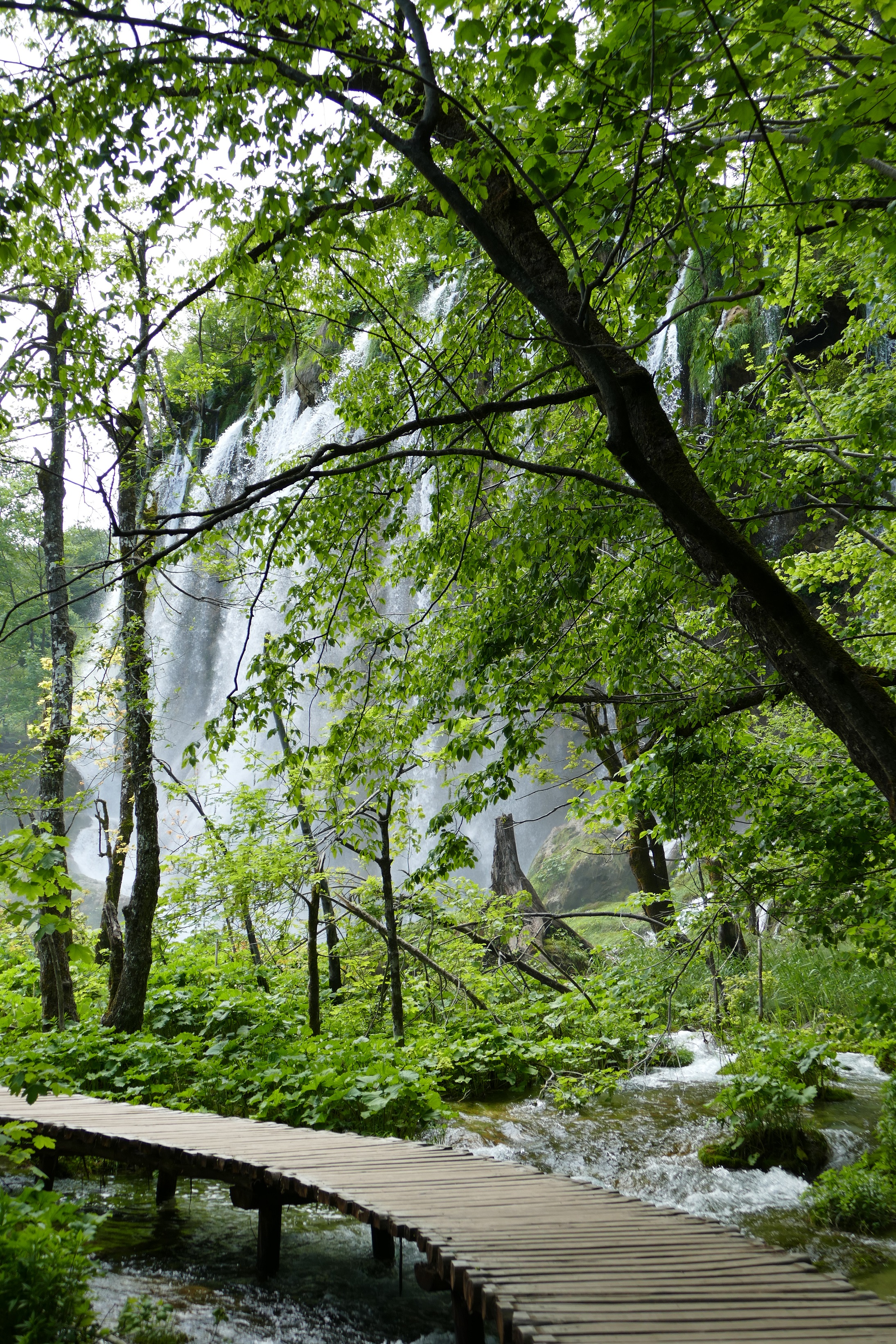
The boardwalks wind through trees and water in a very picturesque (if sometimes nerve-racking) manner
These people are accommodated through a network (around 18kmin total at Plitvice) of timber boardwalks. These are cut from local timber sources and maintained on a rolling basis by a dedicated labour force. There are many advantages to this.
Firstly, it is a natural limit to the number of people that the Park can accommodate. There is only the walkway. If you step to one side or the other is it generally water or a towering rock face. At times this can be quite scary as you can see from the photos!
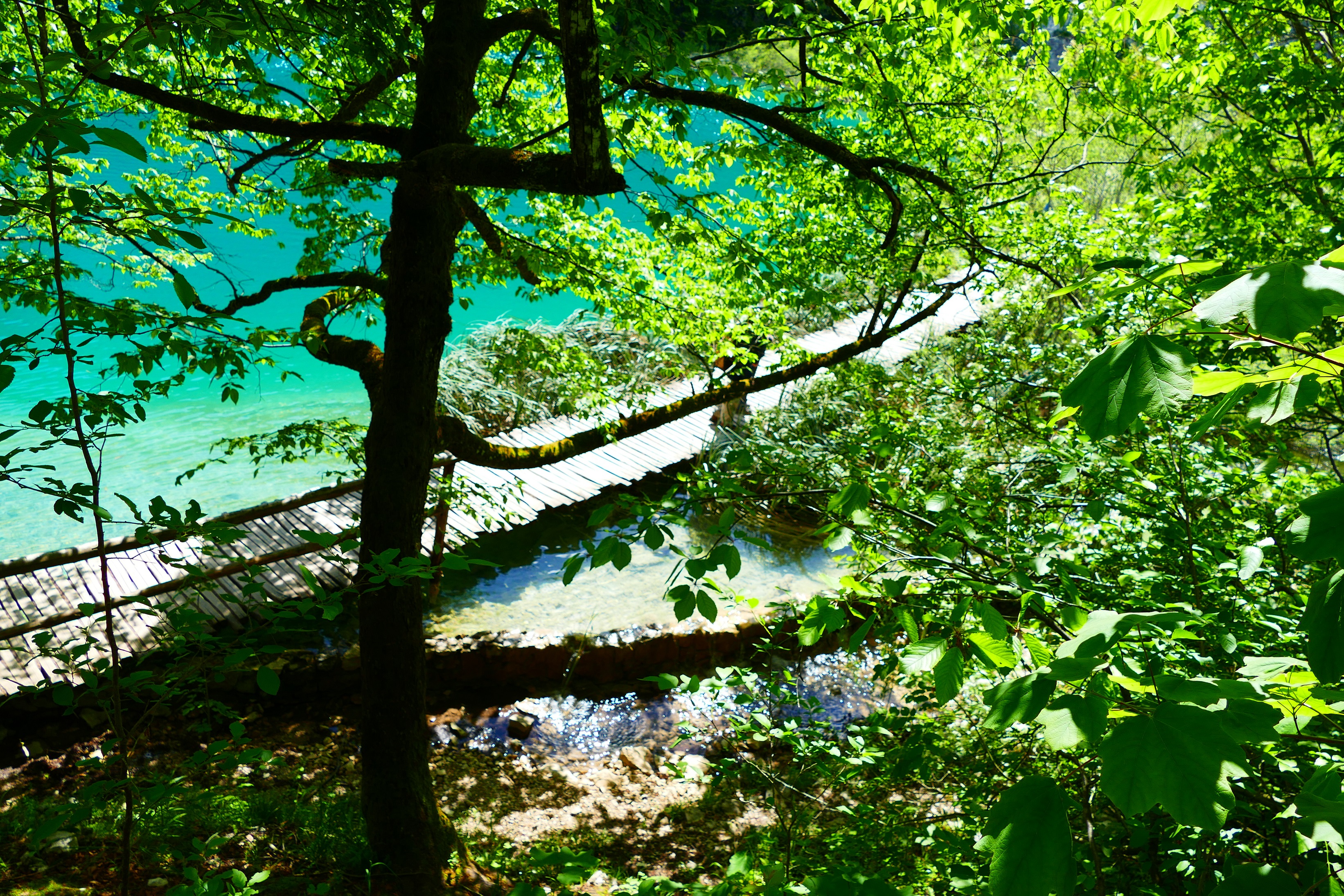 Secondly, it allows large numbers of visitors to be funnelled through the park with minimal physical impact on the landscape in the way of actual footfall.
Secondly, it allows large numbers of visitors to be funnelled through the park with minimal physical impact on the landscape in the way of actual footfall.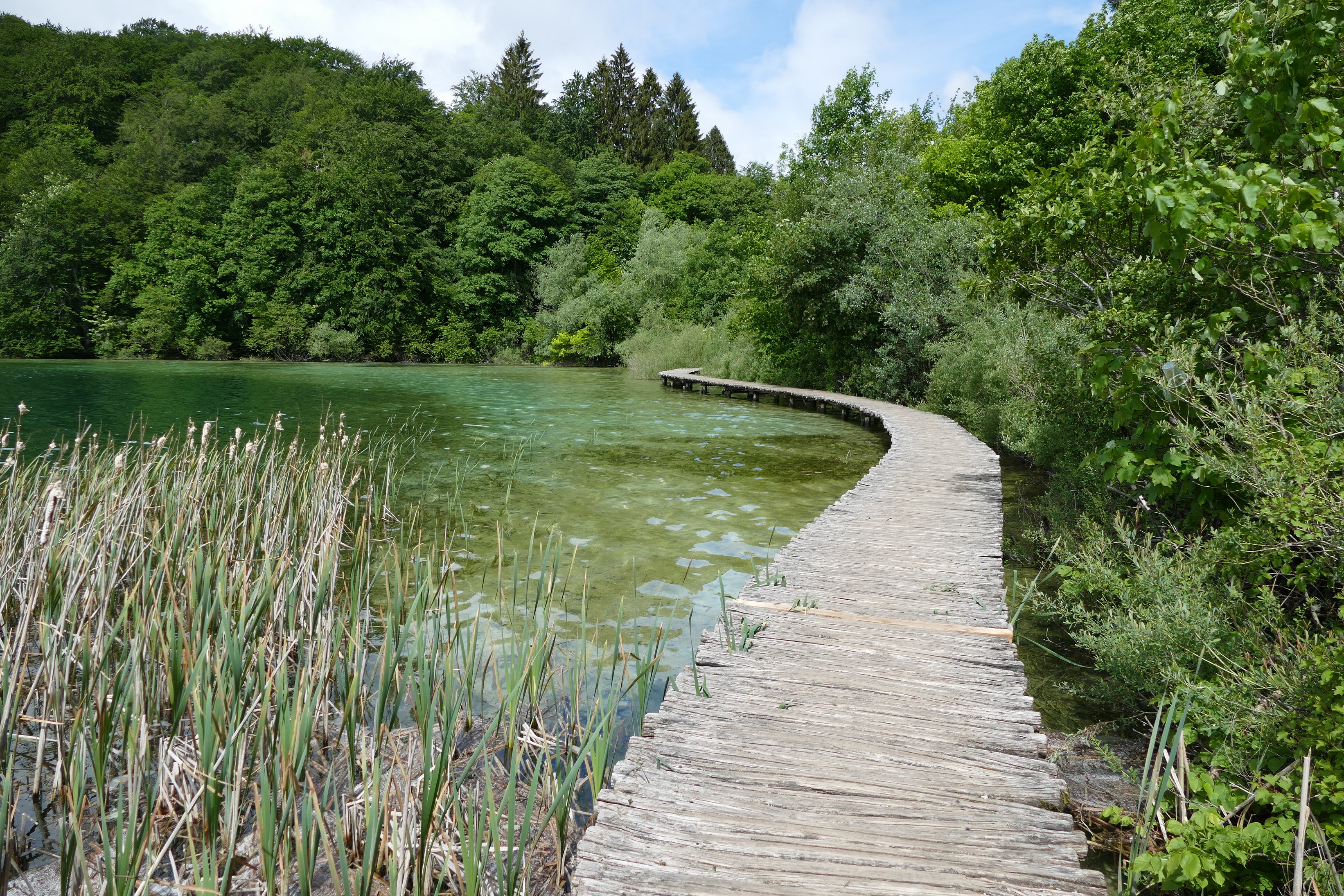
The boardwalks are relatively low impact, although there is some evidence of damage to the substrates from the timber stakes. The Park Authorities are currently exploring alternatives
The walkways themselves are relatively low impact. I say relatively because there are some issues with this. The original walkways (particularly in Plitvice) were put in place decades ago using wooden stakes driven into the substrate. This has caused some degradation of the tufa layers beneath and the Park Authority is now moving towards less invasive methods such as pontoons. Interestingly, the timber walkways are very similar in concept to those on Reed Hildebrand’s ‘Half-Mile Line’ project (link here opens in separate tab). There, RH used simple metal screw-piles into the soft substrates, but here I suspect that even those might cause damage. Either way, the timber walkways have a low environmental footprint – locally produced, sustainable and biodegradable.
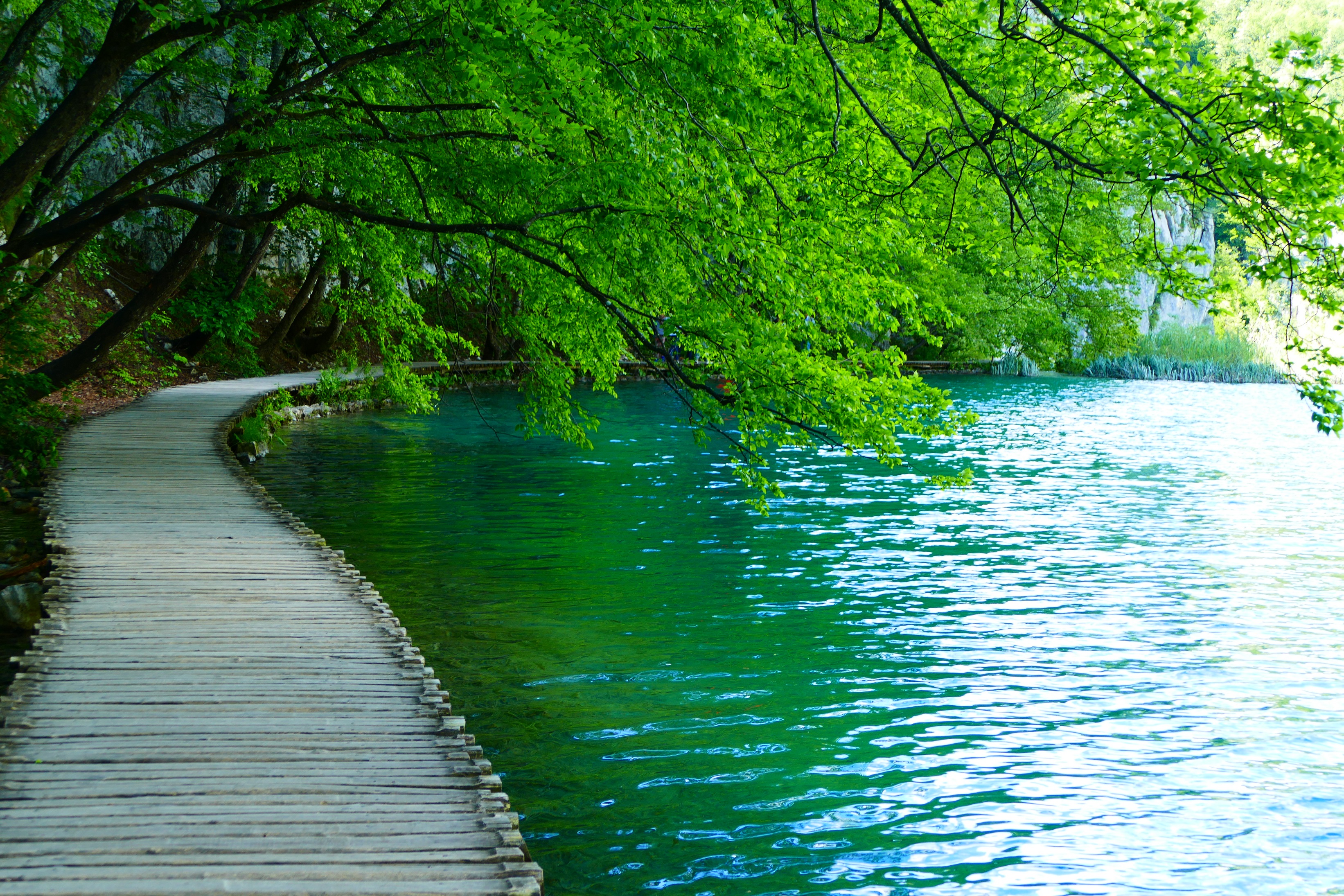
The walkways can be exceptionally beautiful as they dip beneath trees and swing past bodies of water.
They are also exceptionally beautiful. There is nothing quite like the curve of one of these walkways across a march or lake or nestled against a cliff. And some of those that swing almost rope-bridge style across the falls are genuinely awesome. These walkways allow you to get right in amongst the landscape and its flora/fauna. Somehow you are both a participant and observer at the same time. These parks left a deep and lasting impression on me.

